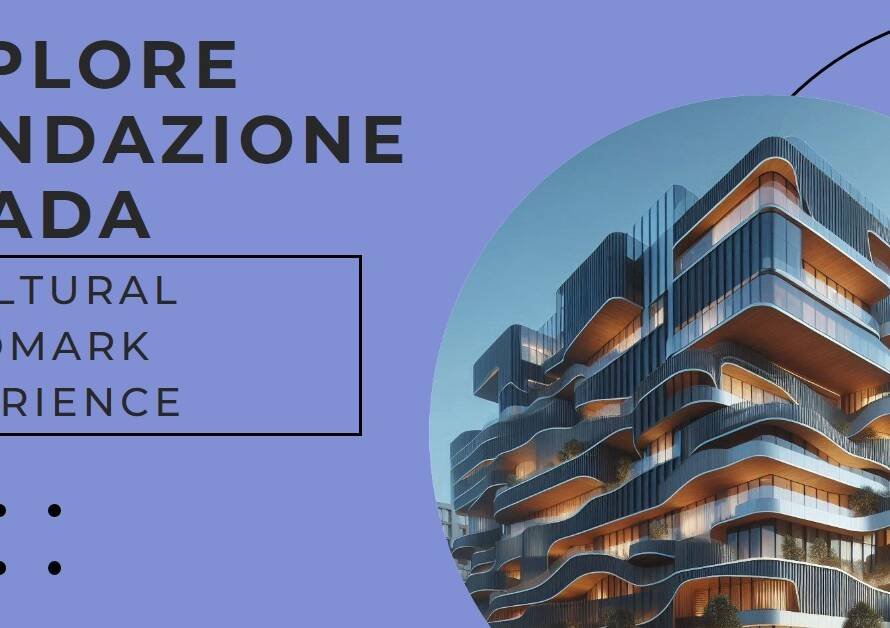
Table of Contents
- Introduction: A Journey Through Architectural Excellence
- The Importance of Exterior Design in Museums:
- Iconic Exterior Design Museums Around the World:
- Architectural Styles and Their Impact:
- Sustainability in Exterior Museum Design:
- The Role of Technology in Modern Exterior Design:
- Cultural Context and Exterior Design:
- Challenges in Designing Museum Exteriors:
- The Future of Exterior Design in Museums:
- Conclusion: The Ever-Evolving Art of Museum Design
Introduction: A Journey Through Architectural Excellence
Exterior design museums are more than mere buildings; they are the epitome of human ingenuity, a celebration of aesthetic brilliance, and a testament to the ever-evolving nature of architectural design. These structures encapsulate the essence of creativity and technical prowess, providing a platform where history and innovation converge. In this blog post, we embark on a journey to explore the magnificence of exterior design museums, understanding their significance, and appreciating the meticulous artistry behind their creation.
The Importance of Exterior Design in Museums:
The exterior design of a museum is not merely about aesthetics; it is the first impression, the visual narrative that captivates visitors even before they step inside. An architect’s vision for a museum’s exterior often reflects the cultural, historical, and thematic essence of its exhibits.
Moreover, the exterior design serves a practical purpose. It integrates functional elements such as natural lighting, climate control, and visitor flow management into the building’s architecture. By balancing form and function, architects create spaces that are both visually stunning and operationally efficient.
Iconic Exterior Design Museums Around the World:
Several museums around the globe stand as paragons of exterior design excellence. The Guggenheim Museum in Bilbao, designed by Frank Gehry, is a prime example. Its undulating forms and titanium cladding have become iconic, transforming the museum into a destination in itself.
Similarly, the Louvre Pyramid in Paris, designed by I.M. Pei, juxtaposes modern and classical elements. The glass and metal pyramid blends seamlessly with the historic Louvre Palace, creating a harmonious dialogue between old and new, tradition and innovation.
Architectural Styles and Their Impact:
The architectural style of a museum significantly influences its exterior design. Contemporary styles, with their emphasis on minimalism and clean lines, create an aura of sophistication and modernity. In contrast, classical styles often evoke a sense of grandeur and timelessness.
For instance, the Getty Center in Los Angeles, designed by Richard Meier, employs a modernist approach with its geometric forms and expansive use of travertine. This style not only enhances the visual appeal but also resonates with the museum’s mission to connect people with art and culture through contemporary design.
Sustainability in Exterior Museum Design:
Sustainability is becoming an integral aspect of architectural design, and museums are no exception. Incorporating eco-friendly materials and energy-efficient systems into the exterior design can significantly reduce a museum’s environmental footprint.
The California Academy of Sciences in San Francisco exemplifies sustainable design. Renzo Piano’s creation features a living roof, solar panels, and a rainwater harvesting system. These elements not only contribute to environmental conservation but also enhance the museum’s aesthetic appeal, making it a model for sustainable architecture.
The Role of Technology in Modern Exterior Design:
Advancements in technology have revolutionized exterior design in architecture. Digital modeling tools and software enable architects to experiment with complex forms and structures, pushing the boundaries of traditional design.
The National Museum of Qatar, designed by Jean Nouvel, showcases the potential of technology in architecture. Inspired by the desert rose crystal, the museum’s intricate and interlocking disk shapes were realized through advanced 3D modeling techniques. This technological innovation resulted in a design that is both structurally sound and visually captivating.


Cultural Context and Exterior Design:
Architectural design is deeply influenced by the cultural context in which a museum is situated. The exterior of a museum often reflects the cultural heritage and identity of its location, serving as a bridge between the institution and the community it represents.
The Museum of Islamic Art in Doha, designed by I.M. Pei, embodies this principle. Its exterior design, inspired by Islamic architecture, features geometric patterns and a central courtyard. This culturally resonant design creates a profound connection between the museum and its visitors, fostering a deeper appreciation of Islamic art and culture.
Challenges in Designing Museum Exteriors:
Designing the exterior of a museum presents unique challenges. Architects must consider various factors such as location, climate, and the surrounding environment while ensuring that the design aligns with the museum’s purpose and vision.
For example, the Oslo Opera House, designed by Snøhetta, faced the challenge of integrating with the Oslofjord landscape. The design solution, which allows visitors to walk on the sloped roof, not only addresses this challenge but also creates a dynamic public space that encourages interaction and engagement.
The Future of Exterior Design in Museums:
The future of exterior design in museums is poised for exciting developments. As technology continues to evolve and sustainability becomes a critical concern, architects will explore new materials and innovative design solutions.
Interactive and adaptive exteriors, which respond to environmental conditions or visitor interactions, represent a frontier in museum design. Such features can enhance the visitor experience and create more engaging and immersive environments.
Conclusion: The Ever-Evolving Art of Museum Design
Exterior design in museums is a multifaceted art form that combines aesthetics, functionality, and cultural relevance. As we look to the future, the integration of technology and sustainability will continue to shape the evolution of museum architecture.
Through the exploration of iconic examples and the challenges faced by architects, we gain a deeper appreciation for the complexity and creativity involved in designing these architectural marvels. Each museum stands as a testament to human ingenuity, inviting us to not only admire the art within but also the artistry of the buildings themselves.



